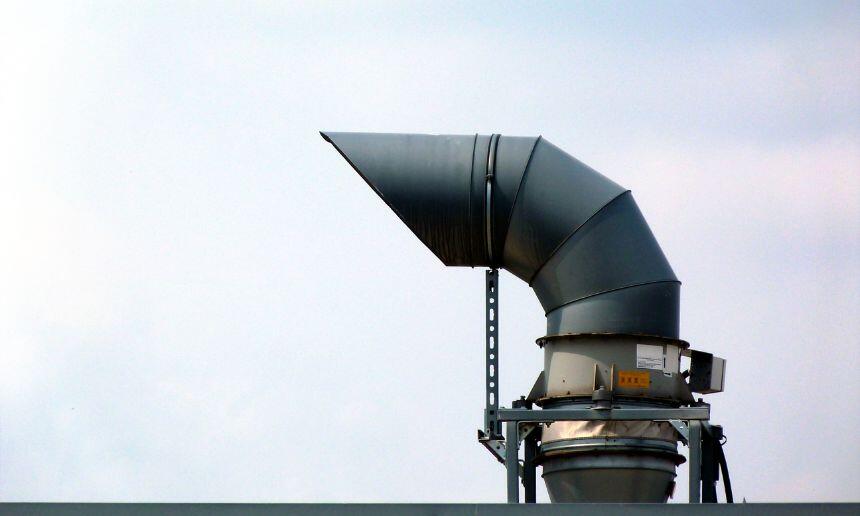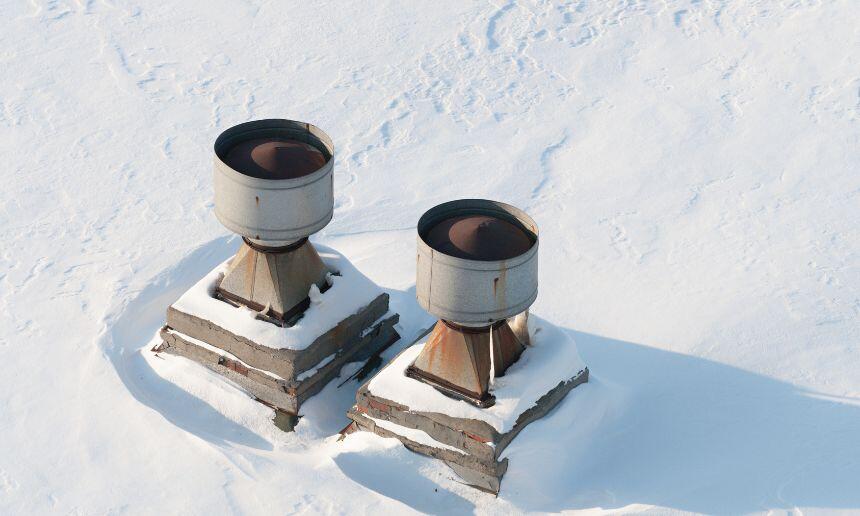Can A Roof Vent Pipe Have An Elbow?
No plumbing system would be able to function properly and do what it’s supposed to without vent pipes.
These vent pipes help maintain adequate pressure in the system, ensuring there are no clogs and the water drains easily when you empty the sink or flush.
Additionally, exhaust pipes vent out the gasses from the drains, eliminating foul odor and ensuring that the sewer gasses don’t end up inside your house.
As they come through the roof and start from the drain pipes, the installation of these pipes is not easy and often requires them to make a turn at a certain angle.
The easiest way to do this would be to install an elbow, but some homeowners fear that this may hinder the ability of a vent pipe to properly perform its primary function.
Below, I’ll explain can a roof vent pipe have an elbow and what role it plays.
Table of Contents
Can A Roof Vent Pipe Have An Elbow?
In general, it’s always better to have straight vent pipes, especially when they’re set in a vertical position.
Turns and bends in the vertical pipe can result in blockages and clogging, thus defeating the original purpose of the vent pipe.
Without a straight path for air to travel through, it’s much harder to create a satisfying level of air pressure.
However, in some cases, the installation of vent pipes is not possible without it making a turn and installing an elbow to facilitate this turn.
Still, there are some strict rules on how this should be done.
Only by using the proper materials and installing the proper elbow, you can still bend the vent pipe and keep it fully functional.
Typically, this is a job best done by professionals, and something that can’t be turned into a DIY project for inexperienced homeowners.
When Should a Roof Vent Pipe Have an Elbow?

When installing vent pipes, you may come across a few situations where it’s necessary to install an elbow.
Drain pipes should stay dry, so when they emerge from the top of the drain pipe, they shouldn’t be set up at less than a 45-degree angle.
This way the water cannot back up into the vent pipe.
It’s also important to remember that a horizontal portion of the vent pipe should be at least 6 inches above the highest point the water can rise to or the fixture’s flood level.
Also, as the vent pipe comes out through the roof, sometimes the design of the house won’t allow for a straight path and the pipe needs to go through a more suitable place.
In these cases, plumbers install an elbow, so the pipe makes a 90-degree turn to get through a separate space in the attic.
As the elbow is a separate piece from the pipe, it needs to be properly sealed on both ends, so there’s no leakage.
How Many Elbows Can a Vent Pipe Have?
As vent pipes are installed in different circumstances and surroundings, it may be required to add more than one elbow and have several spots where the pipe turns.
However, more elbows mean more risk of creating air locks and clogging the plumbing system in your house.
This is why even the roof vent pipes that feature elbows, rarely have more than one 90-degree elbow.
In general, it’s always recommended to use as many straight sections as possible instead of installing a larger number of elbows, however, this will mainly depend on how high or low the venting system should go.
Still, there are other factors that play a role in how many elbows you can install. The number is often restricted by the local building code.
It’s always advisable to consult the best roofing contractors and check the local regulations, as national or international standards may not be applicable to your situation.
It’s always advisable to check the local regulations, as national or international standards may not be applicable to your situation.
Different Types of Vent Pipe Elbows
Vent pipes come in various shapes and sizes, so you will also have to use different kinds of elbows.
Plus, the structure of most houses differs greatly, and the type of bending and turning that works in one place may not be effective in the other.
There are two standard types of elbows that are most commonly used. These are 90 and 45-degree elbows, with the former employed more frequently.
It’s important to note that elbows can be cut to any degree, so you’ll have plenty of flexibility to turn and set the pipe in any direction.
Plus, there are two available types when it comes to elbow radius – short (1D) and long (1.5D).
The types with longer radius are typically better as they will not allow for pressure loss as much as those with shorter radius.
Shorter radius elbows are typically used only when there’s a lack of space.
Can Vent Pipes Freeze?

Just like regular plumbing pipes, vent pipes can also freeze when the temperature is too low.
This can be quite an issue, as frozen vent pipes may result in the accumulation of sewage gases inside your house.
Therefore, vent pipes should be properly insulated, especially at the spot where air enters the vent at the stack base.
In case the frost has already clogged the vent pipe, the best way to deal with it is to pour hot water down the vent.
The best way to do this is with a hose, so you don’t have to climb onto the roof to pour the water down.
Conclusion
Every drain in the house needs its own separate vent, so it can function properly and get rid of all the sewage gases.
Without vents, the water wouldn’t be able to flow freely, resulting in clogging, backups, and foul odor in the house.
Of course, the vertical and straight venting pipe will provide the best results and be the most effective.
However, achieving this is often not possible due to various reasons and you have to bend the pipe and make it turn in a certain direction by using elbows.
Still, even with elbows, you can keep the vent pipes working efficiently as long as they’re installed according to regulations and proper calculations and measurements.
Therefore, make sure to do your homework and prepare before deciding to install a roof vent pipe elbow.



















































































